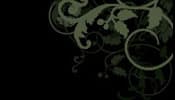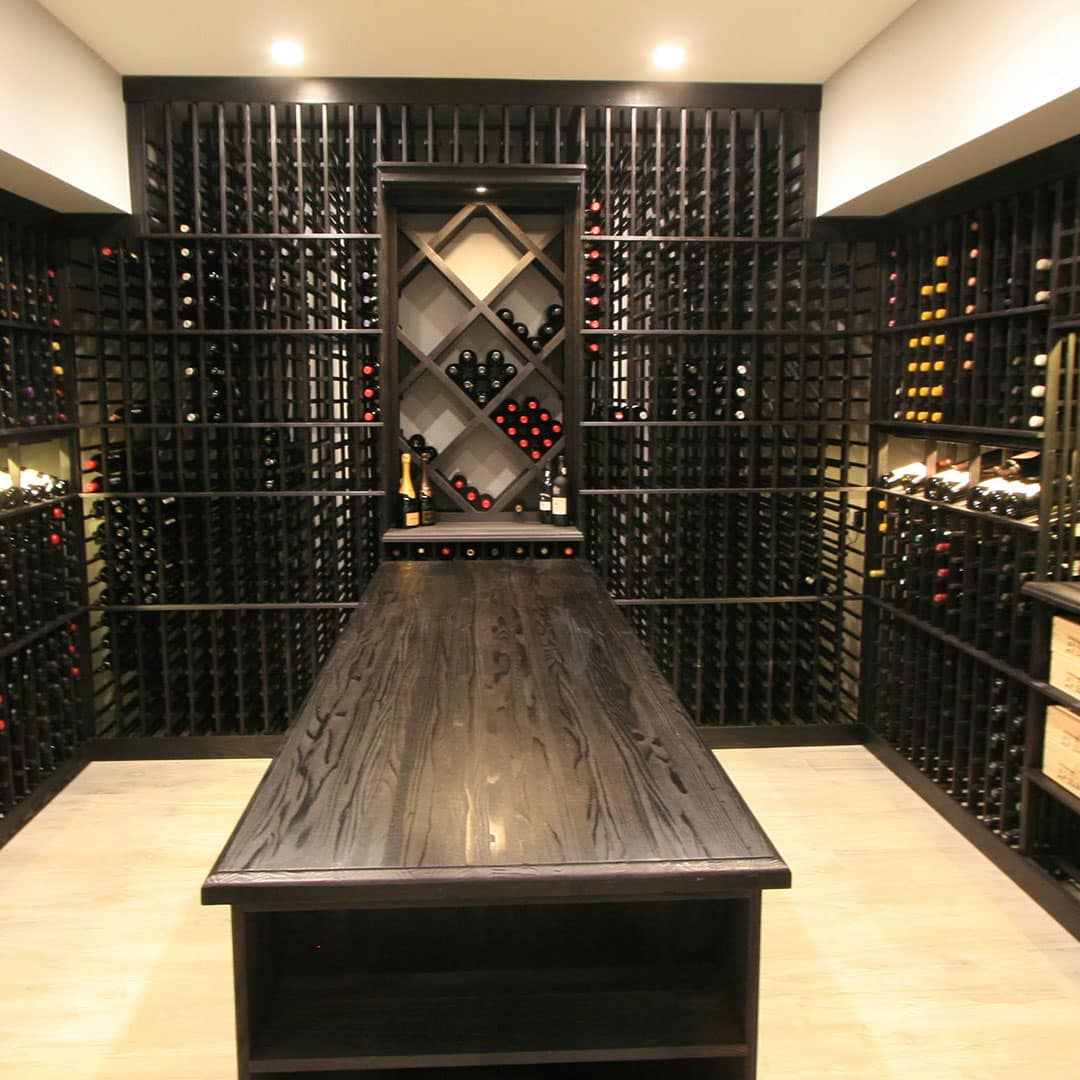Having a glass of wine with a meal of choice is one of the ideal ways of winding down after a long day’s work. Wine enthusiasts often store a variety of wines in their homes which are stored in kitchen closets and cabinets. This storage that is typically used for wines is neither a good choice for storing aged, delicate wines and nor is it the best utilization of space. Wine enthusiasts will sound find themselves running out of space with bottles after bottles of vintage brews piling up in their homes.
This calls for a sperate wine cabinet or wine cellar which has the right conditions for storing wine. While full-blown cellars complete with tasting rooms can be expensive to construct, thankfully there are a few budget options for creating wine cabinets with wine enthusiasts can try out. It is definitely possible to create your own wine cellar without spending too much on remodeling and professional cellar designers. Mentioned below are some tips for establishing a DIY wine cabinet or cellar in your home that works within a tight budget.
[insert_callout]
-
Identifying the perfect spot
This requires a bit of out-of-the-box thinking. A walk-in closet which is not used for storing clothes is the perfect spot for creating a wine cabinet. An isolated corner or a walkway also works just fine. Before transforming these areas into a wine cabinet there are certain things to keep in mind. The first being space, which shouldn’t be close to any kind of window. As mentioned above, wine storage requires perfect temperature and humidity conditions. Sunlight from the window can raise the temperature inside the wine cabinet or cellar and ruin the process of aging. Any area in the house that is subjected to changes in temperature and humidity should be avoided. Added to this, the space that is chosen should have enough space for racking and the desired number of bottles. In case, the space chosen is close to a window then, various kinds of darkening or shading measures can be taken to block out the sunlight effectively. A simple fabric, cut down to the right size and glued to the window often works in such cases.
-
Considering various insulation options
The ideal temperature for storing wines is 59 degrees Fahrenheit. If the section of the house is not properly insulated then the temperature can be too high or too low which will result in the wines going bad. Hence, insulation is one of the most important factors that help in preserving the investment made in acquiring fine and expensive bottles. One doesn’t require a professional for insulating their wine cabinets. The hardware store has plenty of options for internal insulation such as bubble foils, reflective rolls, insulating mats and mineral wood panels that are effective in insulating a wine cellar. These options can be compared based on price and insulating effect before the purchase in order to accommodate them within the budget.
-
Control the humidity
After temperature, it’s humidity that plays a crucial role in wine preservation. The ideal humidity for storing wines is around 60%. One easy way to regulate humidity is by installing a hygrometer humidifier within the cellar. Humidity build-up can also significantly ruin the aging process. Fixing a hygrometer on the wall of the cellar is an effective way of keeping track of humidity in the room. Additionally, one can also add a room thermometer to monitor the temperature.
-
The choice between making or buying racks
Once the area has been figured out and the environmental conditions such as humidity and temperature have been brought under control, the next thing to figure out is the means of actually storing the bottles. Racks are the best way to securely stack wine bottles and keep them from touching the floor. There are lots of cheap shelves available online that come in various designs and sizes. Racks are also useful in cataloging as it allows for a systematic storing pattern. If you are not interested in investing in stands, you can also make them yourself. Some of the most commonly used items for making wine racks are old pallets, wooden crates, drawers from old dressers and any wooden slab. One only needs a few hardware tools and a couple of screws to turn these materials into unique and inventive win racks that can add its character to the wine cellar. This eliminates the need for buying separate racks and is a very budget-friendly option.
-
Arranging for accessories
One of the most popular accessories that are installed in wine cellars are wine coolers. There are scratch-and-dent or open box wine coolers available which are extremely budget friendly. Open box coolers are those that have been opened by a previous owner and have been returned for some reason. Scratch-and-dent wine coolers are those that show a bit of wear and tear and have also been returned by previous owners. Both of these options present decent wine coolers in working conditions. In the case of scratch-and-dent wine coolers the extent of denting and wearing can vary greatly. Hence it has to be chosen carefully. These options are an excellent way of incorporating a cooler into your wine cellar. Other accessories include tasting glasses, corkscrews and minimal seating arrangements all of which can be easily managed with a short budget.
Now that these prerequisites of a wine cellar are met, the real task begins of planning the entire cellar. Aesthetics are big aspect of the planning process. The job is made easier by penning down the ideas that one has or even making a little diagram of the cellar or cabinet. Lighting is another important that goes a long way in deciding the overall ambiance of the wine cellar. There are lots of pocket-friendly options for illumination. One can even make their light-shades and install them into the cellar to create a unique atmosphere. Building a custom wine cellar takes patience, but the rewards are long-term and much enjoyable.



